Avoiding Common On-Page SEO Mistakes That Hurt Rankings
When it comes to on-page SEO, there are countless opportunities to boost your website’s rankings, but there are also just as many chances to make mistakes that can hurt your visibility. At Social Peak Media, we understand the importance of getting every detail right—especially for small businesses here in Sacramento, where local competition is fierce.

Today, we’re diving deep into some of the most common on-page SEO mistakes that can hold your website back and how to avoid them.
The Pitfalls of Keyword Stuffing in On-Page SEO
Keyword stuffing is one of the most notorious on-page SEO mistakes, yet it’s still prevalent among websites trying to game the system. While keywords are essential for ranking, overloading your content with them can have the opposite effect.
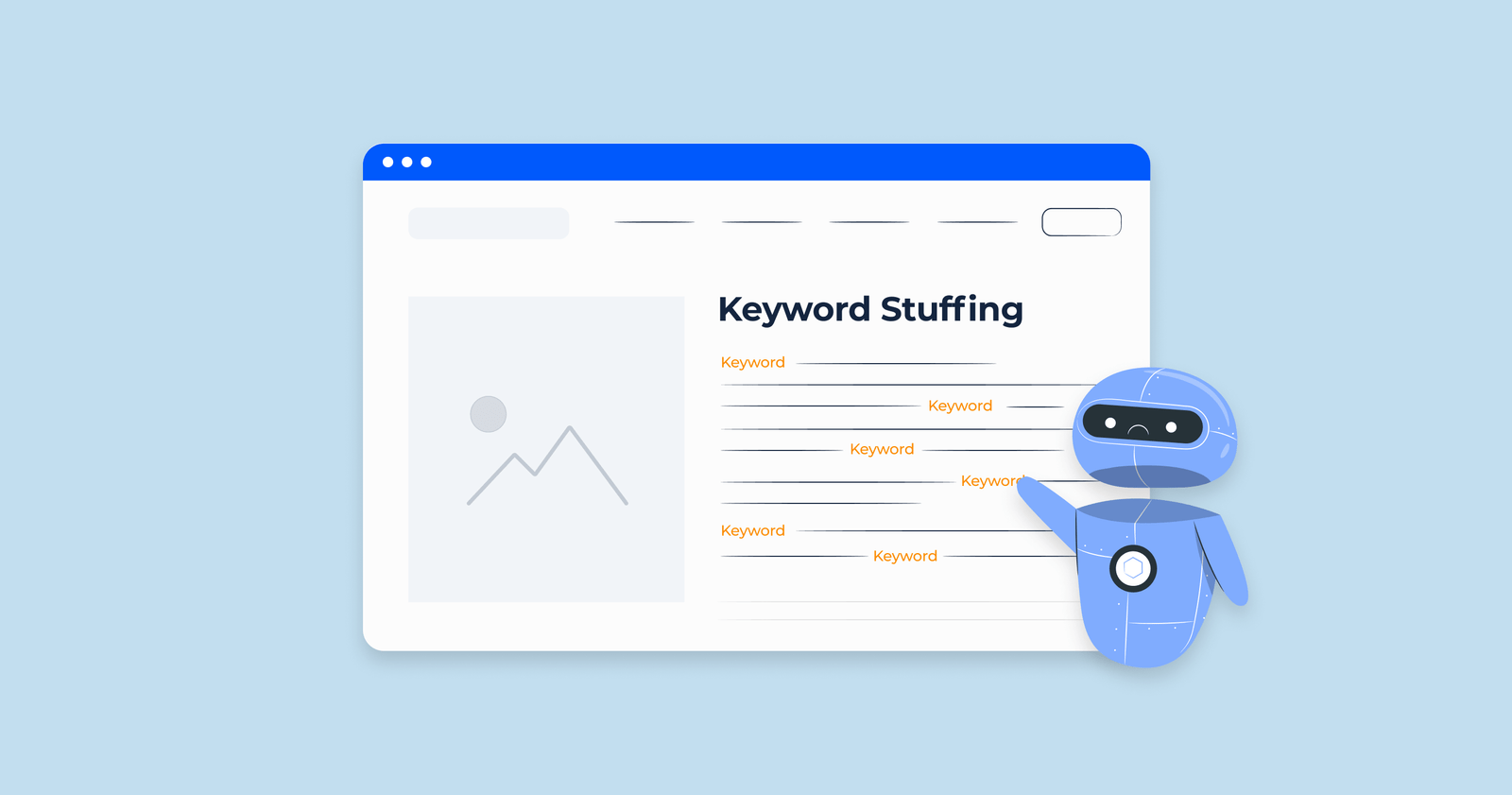
Why Keyword Stuffing is Dangerous
Google’s algorithms have evolved significantly over the years, becoming more adept at detecting unnatural keyword usage. If your content is stuffed with keywords in a way that feels forced or spammy, search engines may penalize your site, leading to lower rankings.
How to Use Keywords Effectively
Instead of cramming keywords into every corner of your content, focus on natural usage. Aim to incorporate your target keywords in a way that flows seamlessly within the text. For example, use variations of your main keyword, such as synonyms or related terms, to maintain a natural tone while still signaling relevance to search engines.
Additionally, prioritize the placement of your keywords. Your primary keyword should appear in the first 100 words of your content, within your headings, and in your meta description. But beyond that, let the content dictate where keywords make sense, ensuring that your readers find value in what you’re saying.

Long-Term Effects of Keyword Stuffing
Beyond the immediate penalties, keyword stuffing can have long-term repercussions on your brand’s credibility. Users who encounter overly optimized content often find it hard to read, which can lead to a higher bounce rate. Over time, this user dissatisfaction can erode trust in your brand, making it harder to build a loyal audience.
To avoid these issues, focus on the quality of your content rather than the quantity of keywords. Engage your readers with informative, well-written content that naturally incorporates your target keywords. Remember, search engines are becoming more user-focused, so what benefits your audience will ultimately benefit your rankings.
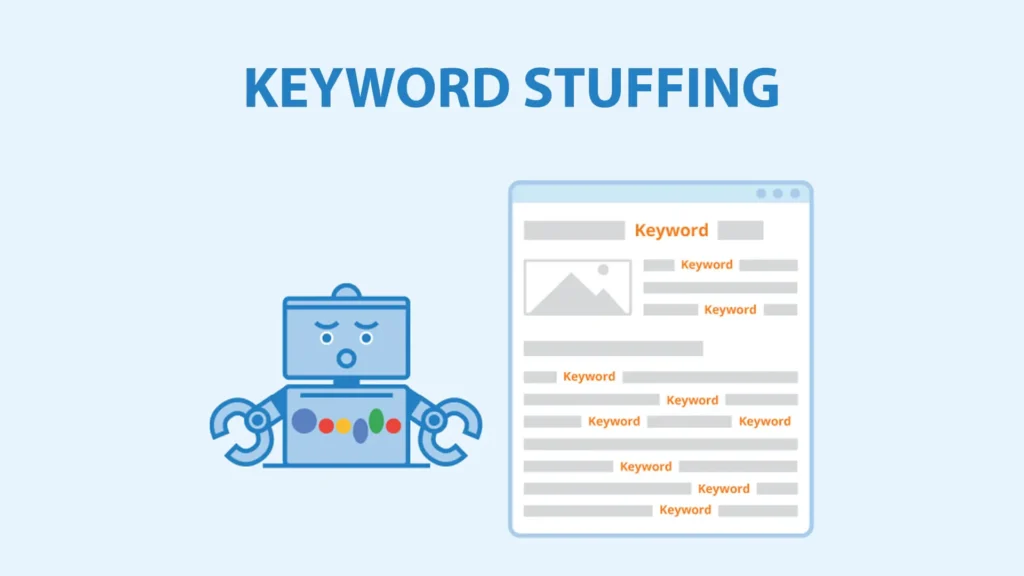
How Ignoring Meta Tags Can Cost You Rankings
Meta tags might seem like a small detail in the grand scheme of your website, but they carry significant weight in on-page SEO. Overlooking these tags can lead to missed opportunities for higher rankings and better click-through rates.
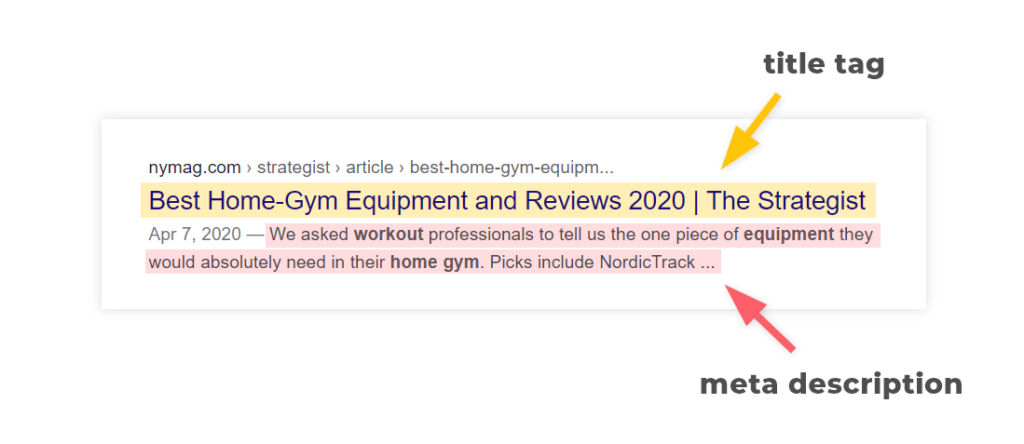
The Role of Meta Tags in SEO
Meta tags, including title tags and meta descriptions, provide search engines with context about your content. When optimized correctly, they can entice users to click on your link in search results, increasing your site’s traffic and engagement.
Common Mistakes in Meta Tag Optimization
One common mistake is neglecting to include your target keyword in the title tag. This tag is one of the first things Google looks at when determining the relevance of your page, so make sure it’s descriptive, engaging, and keyword-rich. Another frequent error is writing a meta description that doesn’t accurately reflect the content on the page. Your meta description should be a concise, compelling summary that includes your primary keyword and encourages users to click.

Crafting Meta Tags That Work
To optimize your meta tags, start by ensuring that each page on your site has a unique title and description. Use action-oriented language in your title tags and meta descriptions to increase engagement. For example, instead of “On-Page SEO Tips,” consider “Boost Your Rankings with These On-Page SEO Tips.” This not only includes the keyword but also adds a sense of urgency and value.
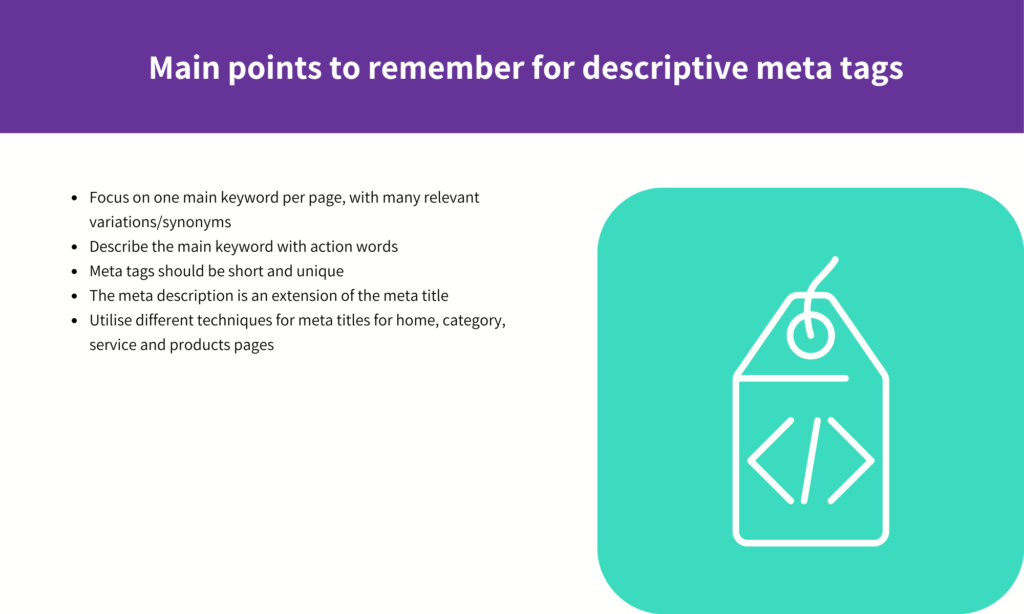
Advanced Meta Tag Strategies
Beyond the basics, there are advanced techniques you can use to enhance your meta tags further. For instance, incorporating secondary keywords in your meta description can help capture additional search traffic. Use synonyms and related terms to broaden the scope of your content’s reach without diluting its primary focus.
Another effective strategy is to experiment with different meta tag formats. You might try including numbers or power words in your title tags to make them more clickable. For example, a title tag like “10 Proven On-Page SEO Strategies to Boost Your Rankings” can attract more attention than a simple, keyword-based title.
Finally, monitor your click-through rates (CTR) from search results. If you notice that certain pages have a low CTR despite ranking well, it might be time to revisit and tweak your meta tags. Sometimes, small adjustments to your wording can significantly impact your CTR and overall SEO performance.

Overlooking Mobile Optimization: A Critical On-Page SEO Error
In today’s digital landscape, mobile optimization is no longer optional—it’s a necessity. With the majority of internet traffic now coming from mobile devices, failing to optimize your site for mobile users is one of the most significant on-page SEO mistakes you can make.

- Why Mobile Optimization Matters Google uses mobile-first indexing, which means the mobile version of your site is considered the primary version. If your site isn’t mobile-friendly, you risk lower rankings, higher bounce rates, and lost traffic.
- Common Mobile Optimization Mistakes One of the biggest mistakes is having a site that isn’t responsive, meaning it doesn’t automatically adjust to fit the screen of the device it’s being viewed on. This can lead to poor user experience, with users struggling to navigate or read content on their phones or tablets. Another common issue is slow load times. Mobile users expect fast, seamless browsing experiences. If your site takes too long to load, visitors are likely to leave before even engaging with your content.
- How to Optimize for Mobile Start by ensuring your website is responsive. This means your design should be flexible enough to adapt to various screen sizes and orientations. Also, pay attention to your site’s loading speed. Optimize images, leverage browser caching, and minimize JavaScript to ensure your site loads quickly on mobile devices.
Beyond Basics: Advanced Mobile Optimization
Beyond responsiveness and speed, consider the overall mobile user experience. This includes optimizing touch elements like buttons and links to be easily clickable on smaller screens. Ensure that text is readable without zooming, and that the navigation is intuitive for mobile users.

Consider implementing Accelerated Mobile Pages (AMP) for your most critical content. AMP is a Google-backed project that helps pages load almost instantly on mobile devices. While not necessary for every site, AMP can be particularly beneficial for blogs, news articles, and other content-heavy pages that rely on fast, smooth mobile experiences.
Another advanced tactic is to utilize mobile-specific meta tags, such as the viewport meta tag, which helps control how your site is displayed on different devices. By setting the appropriate viewport parameters, you can ensure that your site renders well on any screen size, providing a consistent user experience across devices.
Finally, test your site on multiple devices and browsers to catch any issues that might slip through the cracks. What looks great on one phone might not work as well on another, so thorough testing is essential to achieving optimal mobile performance.
The Dangers of Duplicate Content in On-Page SEO
Duplicate content is a sneaky culprit that can harm your SEO efforts without you even realizing it. Search engines prioritize unique, valuable content, and duplicating content across multiple pages can dilute your site’s relevance and authority.

- Why Duplicate Content Hurts Your SEO When search engines encounter duplicate content, they struggle to determine which version is the most relevant for a given query. This can result in neither page ranking well, or worse, both pages being penalized. For small businesses, especially those in competitive local markets like Sacramento, avoiding duplicate content is crucial for standing out.
- Common Causes of Duplicate Content Duplicate content can occur in several ways, including copying and pasting the same text across multiple pages, using boilerplate content without variations, or creating similar pages with minor differences. Even technical issues, such as URL variations or incorrect redirects, can lead to duplicate content problems.
Preventing and Fixing Duplicate Content Issues
To avoid duplicate content, audit your site regularly. Ensure that each page has unique content and avoid reusing text across multiple pages. If you need to address similar topics, create distinct pages with unique angles and insights.
For technical issues, use canonical tags to indicate the preferred version of a page. This helps search engines understand which page to prioritize in search results. Additionally, set up 301 redirects to guide traffic from duplicate pages to the original content.

Advanced Techniques to Manage Duplicate Content
If your site includes pages that are very similar but need to exist for user experience reasons—like multiple product pages with slight variations—consider implementing a rel=”canonical” tag. This tag tells search engines which version of the page to consider the “master” copy, helping to consolidate your SEO efforts and avoid penalties.
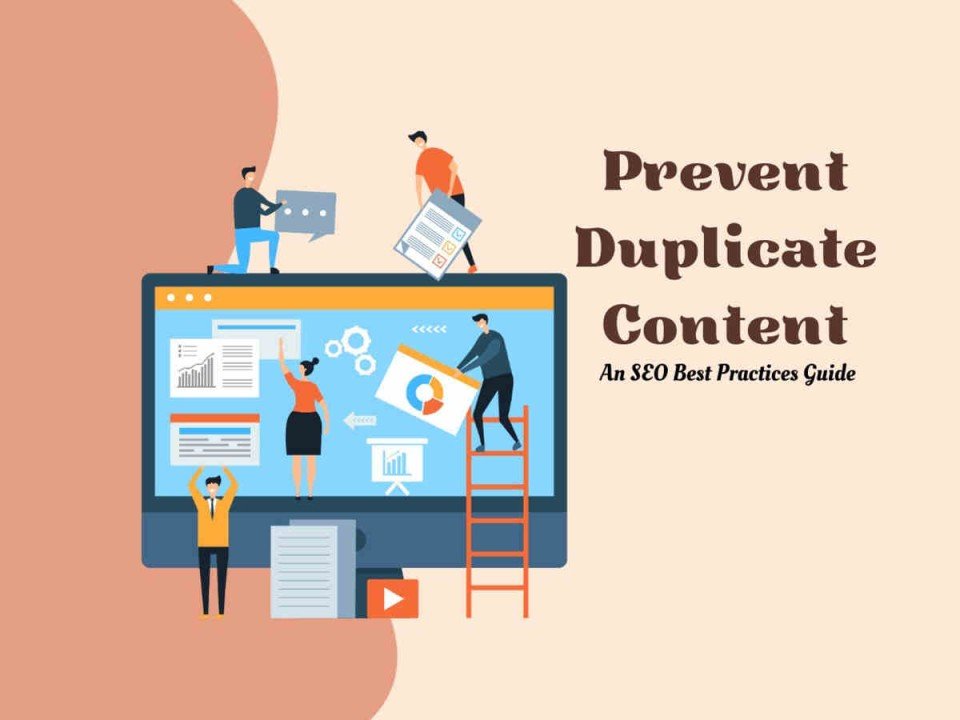
Another technique is to create unique content for each page, even if the topics are closely related. This might involve providing different insights, examples, or case studies on each page. The goal is to ensure that every page offers something new and valuable to the user, making it worthy of being indexed independently.
For larger sites, consider using a content management system (CMS) with built-in features to detect and manage duplicate content issues. These tools can alert you to potential duplicates, making it easier to address them before they impact your rankings.
Lastly, if you have an eCommerce site with multiple product variations, use dynamic parameters carefully. Avoid creating unique URLs for every minor variation unless necessary, and instead use filters or dropdowns on a single product page to manage these variations.
How Poor URL Structure Affects On-Page SEO
Your website’s URL structure might seem like a minor detail, but it plays a significant role in on-page SEO. A well-structured URL can enhance user experience, improve crawlability, and signal the relevance of your content to search engines.
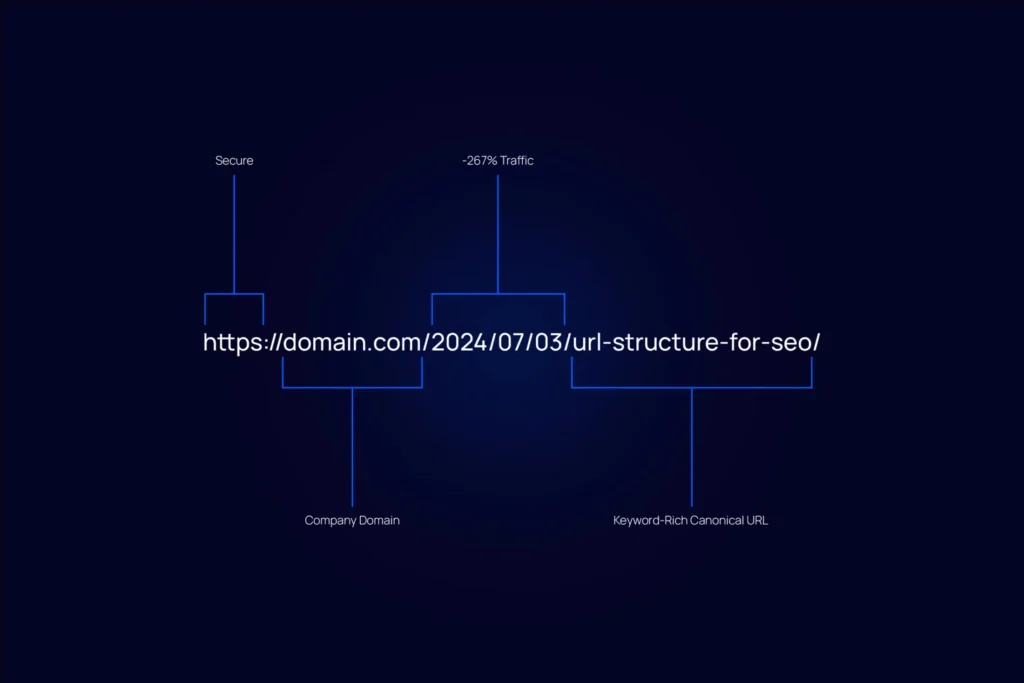
- The Importance of a Clean URL Structure Clean, descriptive URLs are not only easier for users to read, but they also provide context to search engines about the content of the page. A well-crafted URL should include relevant keywords, be concise, and avoid unnecessary parameters or numbers.
- Common URL Structure Mistakes One common mistake is using overly complex URLs that are filled with random characters, numbers, or irrelevant words. This can confuse both users and search engines, making it harder for your page to rank well. Another mistake is failing to include keywords in your URLs. While keyword-stuffed URLs are not recommended, having your primary keyword in the URL can still provide a small ranking boost.
Best Practices for URL Structure
To optimize your URL structure, keep URLs as simple and descriptive as possible. Use hyphens to separate words, and avoid using underscores or spaces. Ensure that your URLs are all in lowercase, as case sensitivity can lead to duplicate content issues.
Also, consider the hierarchy of your URLs. A logical, organized structure helps search engines understand the relationship between different pages on your site. For example, a clear breadcrumb trail in your URLs can indicate a well-organized site, which is beneficial for both SEO and user experience.

Enhancing URL Structure for SEO
If you’re starting from scratch or revamping an existing site, map out your URL structure before launching. Think about how you want your content to be organized and ensure that your URLs reflect this structure. This approach not only helps with SEO but also makes your site more navigable for users.
Use keyword-rich URLs that are descriptive of the page content. Avoid using generic terms like “page1” or “article.” Instead, focus on creating URLs that clearly indicate what the page is about. For example, a URL like “/sacramento-seo-services” is far more informative than “/services1.”
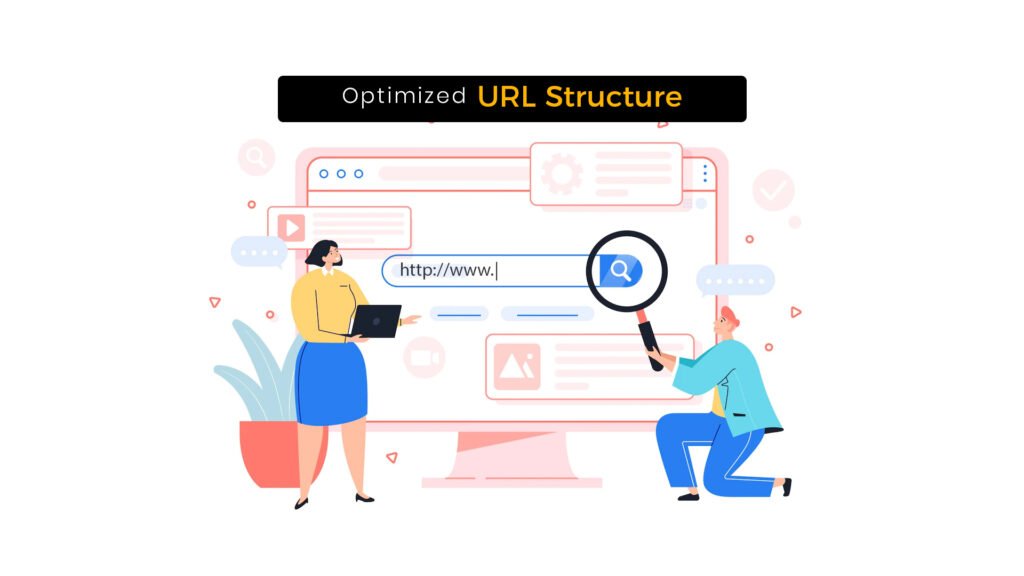
Also, be mindful of URL length. While it’s important to include keywords, excessively long URLs can be cumbersome and may get cut off in search results. Aim for a balance between descriptiveness and brevity, ensuring that your URLs are both user-friendly and SEO-friendly.
Finally, regularly audit your URL structure to ensure consistency. As your site grows, it’s easy for URLs to become disorganized. Periodic reviews can help you catch and correct any issues before they become problematic.
Maximizing Your On-Page SEO Efforts
At Social Peak Media, our goal is to help small businesses in Sacramento succeed by making sure they avoid these common on-page SEO mistakes. Whether it’s optimizing for mobile, crafting compelling meta tags, or ensuring a clean URL structure, every detail matters when it comes to improving your search engine rankings. By avoiding these pitfalls, you can create a more user-friendly, search engine-friendly website that drives traffic and converts visitors into customers.

Remember, on-page SEO is an ongoing process. Regularly updating and optimizing your content based on performance data is key to maintaining and improving your rankings. Stay informed about the latest SEO trends, and don’t hesitate to adjust your strategies as algorithms evolve.
With these best practices in place, your website will be better positioned to compete in the crowded online space. If you need assistance or want to ensure your on-page SEO is up to par, Social Peak Media is here to help. We specialize in creating customized SEO strategies that drive real results for small businesses in Sacramento and beyond.

Disclosure: Our blog contains affiliate links to products. We may receive a commission for purchases made through these links. However, this does not impact our reviews and comparisons. We try our best to keep things fair and balanced, in order to help you make the best choice for you.







